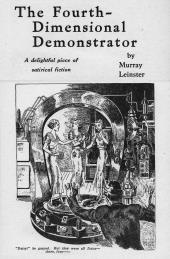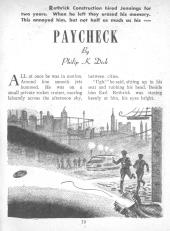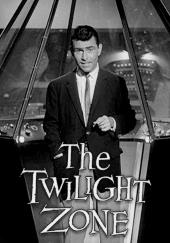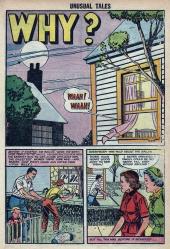Back in the 1880s, just after a man without conscience is dropped from a lone tree with a rope around his neck, a scientist pulls him into 20th-century New York City.
Serling wrote this script based on a
George Clayton Johnson’s bare bones, present-tense treatment for a TV script, complete with an indication of where the commercial break should go. For this episode,
Serling filled in the flesh and cut the fat from a bare bones, present-tense treatment by
George Clayton Johnson. The
treatment appeared in Johnson’s 1977 retrospective collection of scripts and stories, and in
Volume 9 of Serling’s collected Twilight Zone scripts, Johnson commented that “Rod took my idea and went off to the races with it. He had a remarkable knowledge of what would and wouldn’t work on television, and he took everything that wouldn’t work out of ‘Execution’. He worked like a surgeon; a little snip here, a complete amputation over there, move this bone into place, graft over that one. When he was done, my little story had grown into a television script that lived and breathed on its own.” Serling also added a nice twist at the end that, for us, warranted the TV episode an Eloi Honorable Mention.
Rod Serling wrote this script based on a
1960 Twilight Zone episode of the same name, but I’m uncertain whether the story was published before Johnson’s 1977 retrospective collection.
—Michael Main “These,” said Pete calmly, “are my fiancée.”






